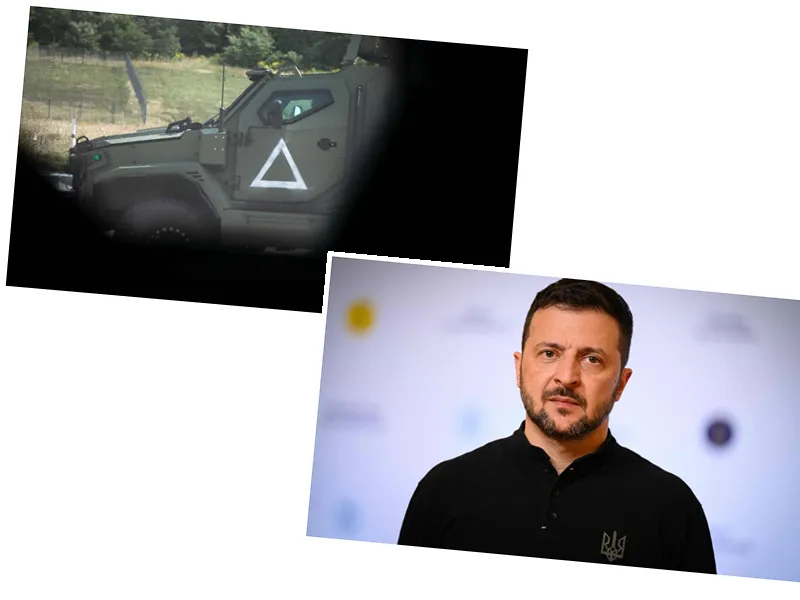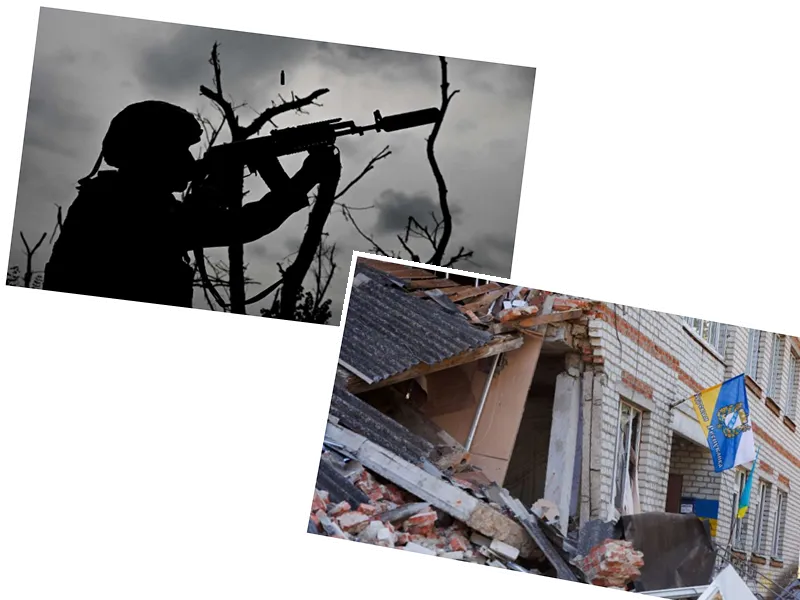Ukraine's Kursk Offensive: A Strategy for Peace Talks
Ukraine is currently engaged in a military offensive in the Kursk region, aiming to pressure Russia into negotiations to end the ongoing war. This move has been met with strong condemnation from the Russian government, which has declared that the Ukrainian attacks have destroyed any chance for peace talks. Russian Foreign Ministry spokeswoman Maria Zakharova emphasized that the atrocities committed against civilians make negotiations impossible. The situation has escalated tensions between the two nations, particularly after Ukrainian tanks crossed the Russian border in early August. President Zelenskyy believes that demonstrating military strength could lead to a more favorable position for Ukraine at the negotiating table, stating that putting pressure on Russia may help achieve a diplomatic solution. However, Russia remains steadfast in its refusal to engage in talks, with Kremlin officials citing the current military actions as a barrier to negotiations.
The Historical Context of Kursk: Lessons from the Past
The name Kursk resonates deeply in military history, recalling the pivotal battle during World War II where the German army faced a significant defeat. Operation Citadel, launched by Germany in 1943, marked the largest tank battle in history, involving nearly three million troops and thousands of armored vehicles. This historical context raises questions about the current offensive by Ukraine in the same region. Joseph Henrotin, an expert in military strategy, notes the importance of understanding past conflicts when analyzing contemporary military actions. While the Ukrainian army's recent maneuvers may echo historical strategies, the outcomes remain uncertain as the dynamics of modern warfare differ significantly from those of the past. The parallels drawn between the two offensives highlight the complexities of military strategy and the ongoing quest for peace in a region fraught with conflict.






